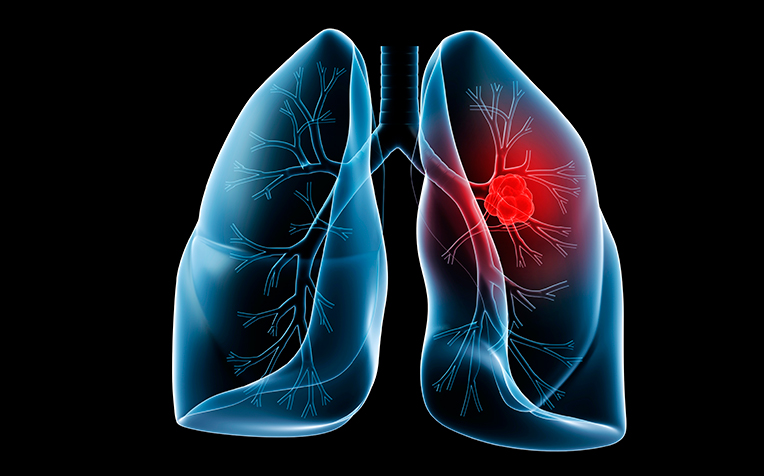
Second-hand smoke is a risk factor for Asian female never-smokers.
Dr Ang Mei Kim, Senior Consultant from the Division of Medical Oncology at National Cancer Centre Singapore (NCCS), a member of the SingHealth group, shares about risks and treatment for lung cancer.
Not the same type of lung cancer
Studies done around the world and in Singapore show, in general, that never-smokers who develop lung cancer, have a higher survival rate than current smokers and former smokers. This is most likely due to differences in the types of lung cancer that develop, and the distinct genetic differences that exist between never-smokers and smokers with lung cancer.
Dr Ang explained that the two main types of lung cancer are small cell lung cancer and non-small cell lung cancer (NSCLC).
The diagnosis is based on microscopic examination of a lung biopsy. Small cell lung cancer makes up 10 per cent of all lung cancers, and grows more rapidly and spreads earlier to other organs than NSCLC. It is also found almost exclusively in smokers. Survival outcomes are poor.
On the other hand, NSCLC grows more slowly than small cell lung cancer and tends to be confined to the lung for a longer period of time, and the chance of survival is generally higher than for small cell lung cancer.
Cancers, in general, have many gene changes or mutations, which promote the growth and spread of the cancer cells in the body.
Certain types of gene changes, when found to be present, can be targeted with specific drugs (targeted therapy). When these drugs are given to patients with advanced stage lung cancer, they may block the growth and spread of cancer cells more effectively than chemotherapy. Dr Ang said: “Studies show that never-smokers have different genetic changes in their lung cancer cells compared to smokers, which may make their lung cancers more responsive to these targeted treatments, compared to smokers with lung cancer, leading to better survival outcomes.”
Lung cancer treatment is similar for smokers and non-smokers
Smokers and never-smokers undergo similar lung cancer treatment, depending on the type of lung cancer and what stage of cancer they have.
In Stage 1 and 2 NSCLC, surgery to remove the cancer is usually performed. Chemotherapy may be used after the operation to lower the risk of relapse and improve survival rates. In Stage 3 NSCLC, a combination of chemotherapy and radiotherapy is usually used, while in Stage 4 when cancer cells have spread to other parts of the body, chemotherapy and targeted treatments may be used.
That said, prevention is still better than cure, said Dr Ang. “While lung cancer can strike anyone, there are things that never-smokers can do to better protect themselves. First, if you have never smoked, don’t start. Second, avoid regular, long-term exposure to smoke. Third, while not actually proven to lower the risk of cancer or prevent it, many studies show that in general, a healthy diet and lifestyle, as well as exercise, are associated with lower rates of cancer.”
*Patient description is based on a typical patient profile.
Ref: S13
Contributed by


















 Get it on Google Play
Get it on Google Play